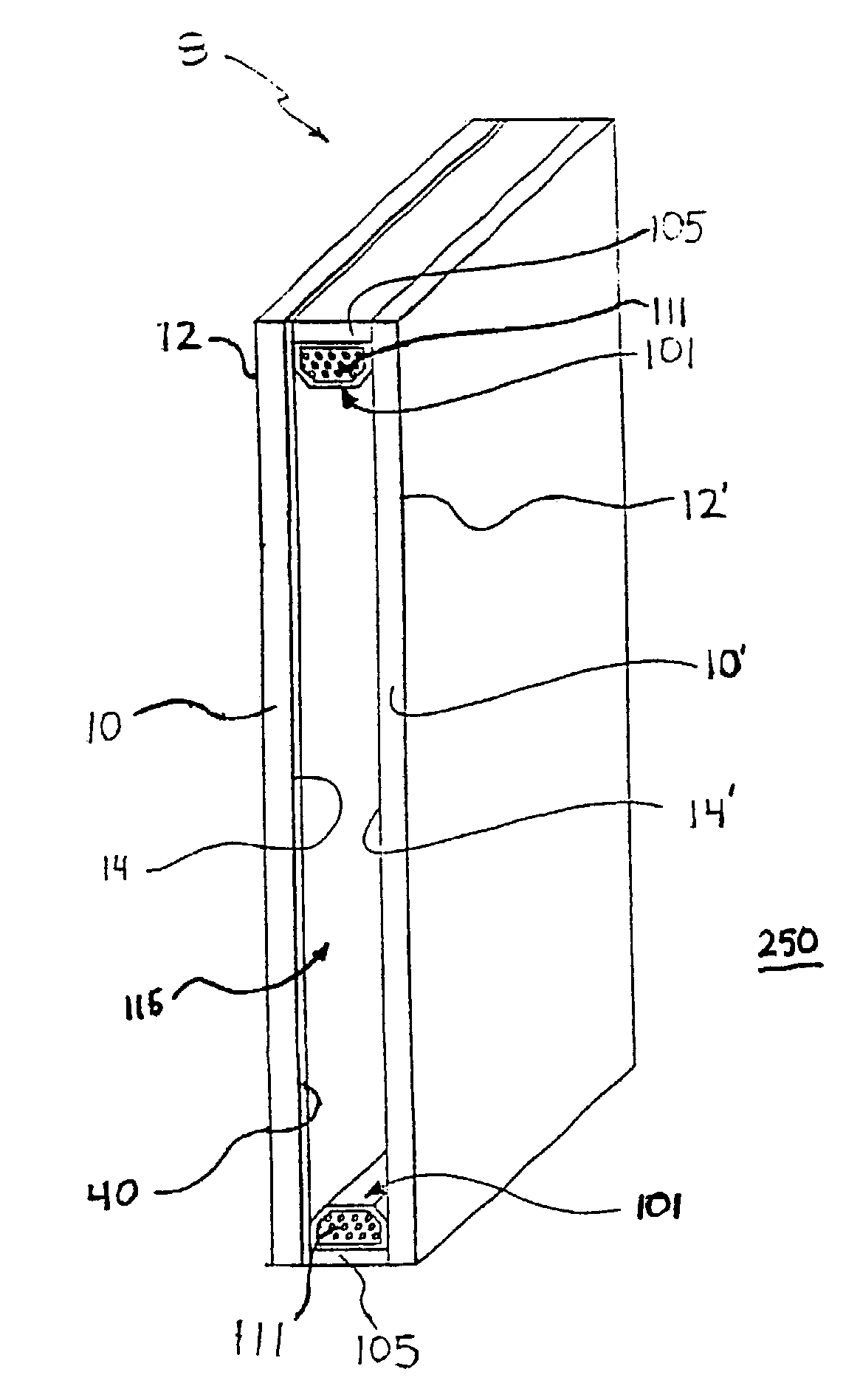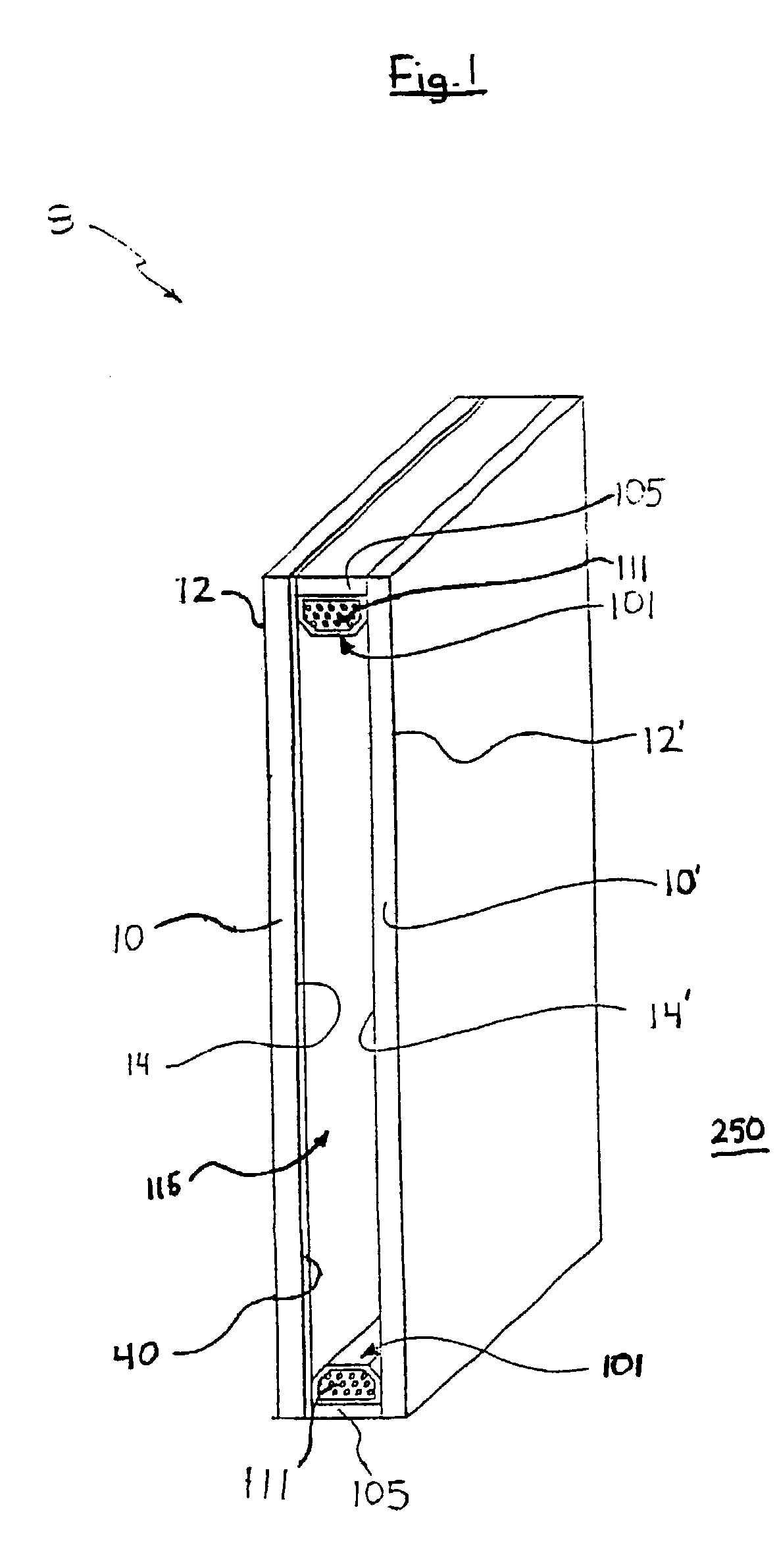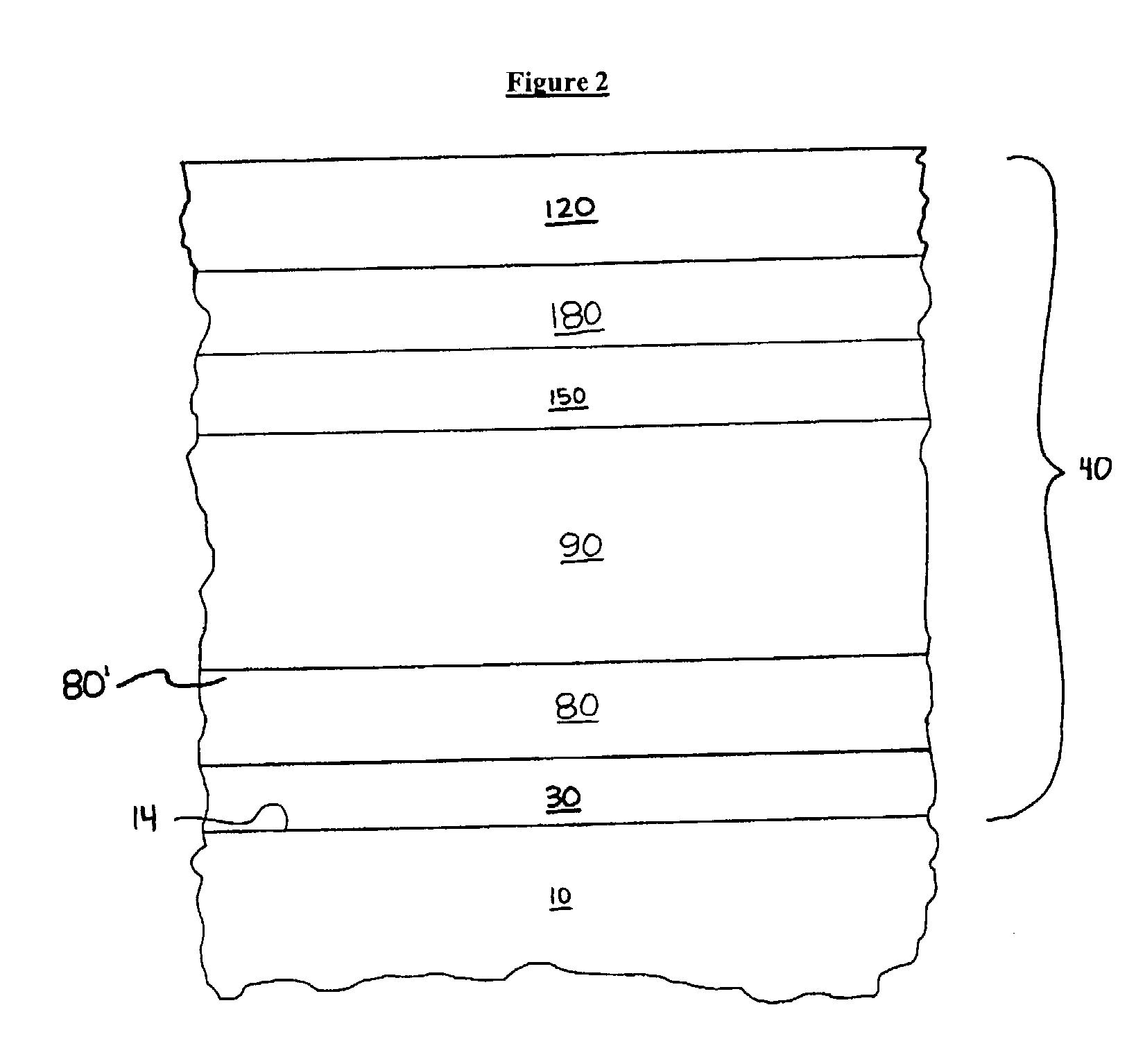Coatings having low emissivity and low solar reflectance
a technology of solar reflectance and emissivity, applied in the field of coatings, can solve the problems of reflected radiation becoming problematic, more significant, and also more significant, and achieve the effect of reducing the number of reflected radiation
- Summary
- Abstract
- Description
- Claims
- Application Information
AI Technical Summary
Problems solved by technology
Method used
Image
Examples
Embodiment Construction
[0022]The following detailed description is to be read with reference to the drawings, in which like elements in different drawings have like reference numerals. The drawings, which are not necessarily to scale, depict selected embodiments and are not intended to limit the scope of the invention. Skilled artisans will recognize that the examples provided herein have many useful alternatives that fall within the scope of the invention.
[0023]A variety of substrates are suitable for use in the present invention. In most cases, the substrate 10 is a sheet of transparent material (i.e., a transparent sheet). However, the substrate 10 is not required to be transparent. For most applications, the substrate will comprise a transparent or translucent material, such as glass or clear plastic. In many cases, the substrate 10 will be a glass pane. A variety of known glass types can be used, and soda-lime glass is expected to be preferred.
[0024]Tinted glass can optionally be used in certain embo...
PUM
 Login to View More
Login to View More Abstract
Description
Claims
Application Information
 Login to View More
Login to View More - R&D
- Intellectual Property
- Life Sciences
- Materials
- Tech Scout
- Unparalleled Data Quality
- Higher Quality Content
- 60% Fewer Hallucinations
Browse by: Latest US Patents, China's latest patents, Technical Efficacy Thesaurus, Application Domain, Technology Topic, Popular Technical Reports.
© 2025 PatSnap. All rights reserved.Legal|Privacy policy|Modern Slavery Act Transparency Statement|Sitemap|About US| Contact US: help@patsnap.com



